EV Charger Power Management Software
As electric vehicles (EVs) grow in popularity, they will increase demand on the power grid. EVs, of course, require electricity to run. EV drivers charge their vehicles by plugging them in. The battery charges like a mobile phone does, storing energy to power the vehicle. Power management software should be top of mind for any forward thinking business.
There could be 20 million EVs on the road by 2030, each using an average of about 30 kilowatt-hours to travel 100 miles. Some estimates suggest that EV use could bump up national electricity use by 38% by 2050. In fact, EVs present the most significant new strain on the power grid since in-home air conditioners became popular in the 1950s.
Electricity prices are simultaneously on the rise. In 2022, the price of electricity increased by 14.3%, which was more than double the rate of inflation.
Electricity cost and supply—these two factors present challenges for any company that wishes to incorporate EV charging into its business model. How can a company ensure that it will have adequate electricity to power its EV chargers? How can a business manage rising costs?
In the long term, government entities and other stakeholders are working to stabilize an aging national power grid. Part of the plan involves decentralization: using distributed energy resources and renewable energy. But EVs could comprise 50% of new car sales by 2030, long before the grid can catch up.
A timely solution that will ease grid strain is EV charger power management software. It helps companies address the immediate challenges of electricity cost and supply by monitoring and optimizing EV charging operations.
Cost of Electric Vehicle Charging
EVs don’t operate like regular electric appliances, like televisions or refrigerators, that plug into the wall and draw electricity in real-time. An EV runs off electricity stored in its battery. That provides flexibility in scheduling EV charging, since the EV doesn’t need to be plugged in constantly.

Time of Use
Electric companies set rates according to the concept of time-of-use pricing. Basically, electricity costs more when there’s higher demand for it. High-demand times, or peak hours, are typically Monday through Friday between 12:00 p.m. and 8:00 p.m.
Off-peak Rates
Utility companies offer lower rates to encourage customers to use power at off-peak hours. Some even offer further discounts specifically geared toward EV charging during off-peak times.
For example, customers of Georgia Power save 93% by charging from 11 p.m. to 7 a.m. These hours are considered super off-peak, and Georgia Power calls this the “Plug-In Electric Vehicle Rate.”
Peak Demand
The utility bases the cost-per-kilowatt-hour on the basis of a company’s peak demand–the 15-minute increment of highest electrical consumption. This means that if you do not closely monitor usage and you accidentally use too much electricity at once, you could inadvertently set a higher rate for the entire subsequent year.
Data and Smart EV Chargers
Digital transformation is affecting businesses in nearly every sector. Massive amounts of data are now available to optimize the value of EV charging; so much that the human brain isn’t equipped to process these complex datasets. Computer software can help analyze this information to determine the best course of action.

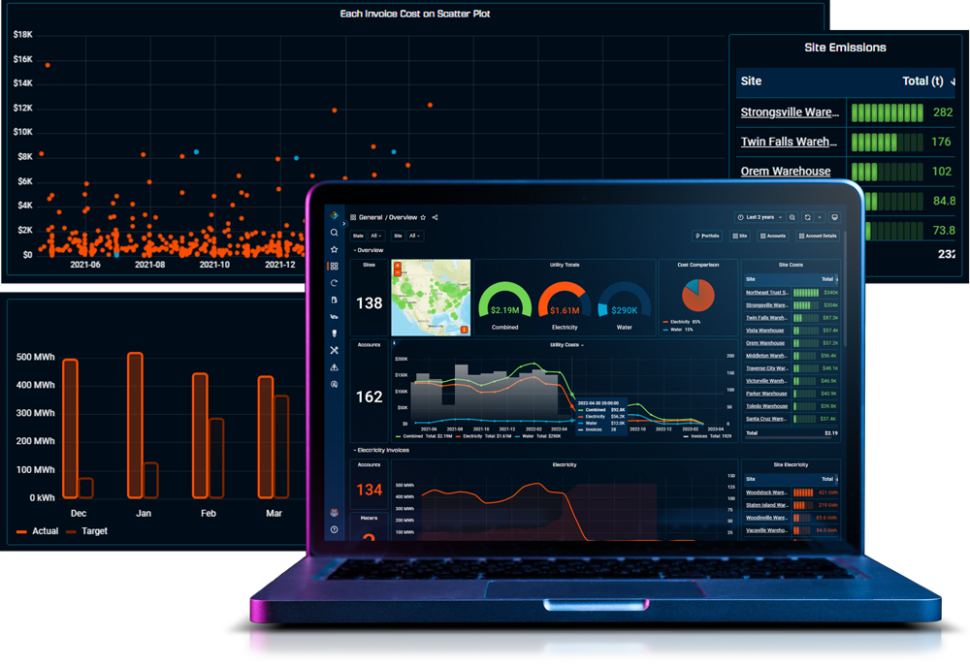
What is a Networked Charger?
Networked EV chargers, also called smart chargers, use software to connect to a larger charging network. Drivers can use this network to get information about charging functions, including charger locations, availability, and cost.
Future Energy integrates unique, specifically designed EV charger power management software into our EV charging environment. The software, called Interface, connects, manages, and measures energy use for all of your business’s smart electrical systems.
How does EV Charger Power Management Software Work?
Interface runs on complex algorithms that use mathematical tools to respond to changes in the regulatory landscape.
For example, complex statistical models use artificial intelligence (AI) and machine learning (ML) to anticipate changes in the conditions of the power grid and manage energy resources accordingly. This use of AI and ML keeps costs down for Future Energy clients.
Clients access, visualize, and utilize Interface data through a simple dashboard.

How do EV Chargers Adjust to Changing Electricity Costs?
For public-facing chargers, Interface automatically modifies rates according to the profitability parameters you set. If you indicate that you want a 20% markup on the kilowatts you sell to EV drivers, Interface will adjust as costs change. You can “set it and forget it.”
Cost Management and EV Charger Power Management Software
There are several ways to adjust Interface to optimize EV charging. Interface accounts for time-of-use rates, avoids exceeding peak demand and considers the particular needs of your business.

Setting EV Charge Times in Advanced
If timing isn’t critical, you can use Interface to set EV charging schedules to minimize cost. Interface will manage your EV charger scheduling based on optimal time-of-use rates.
In this way, you can entirely avoid charging at peak times. Even if your EVs are plugged in, they will not begin to charge until the preset time unless you manually override this condition.
If you have a large fleet, you can rotate your inventory so that all vehicles charge at different times but stay within off-peak hours. If off-peak times occur between 11 p.m. and 7 a.m., you can divide that range into increments over days. A dealership, for instance, can spread the electrical demand of its EV fleet over time to minimize peak demand and keep costs low.
Sharing the Load
Instead of distributing electrical use over time, Interface also can manage power use over systems at the same time. This concept is called load sharing.
Perhaps your business has more urgent charging needs—say a full delivery schedule—and you wish to prioritize a deadline for your fleet to be fully charged. You can simply change the parameters within Interface, and the software does the rest.
Interface connects all of the smart electrical systems on your property, including lights, heating and air conditioning, elevators, and security systems. Because Interface integrates with all of your business systems, it senses when you’re approaching peak load. Interface adjusts the power consumption of your systems so that you stay beneath your limit. For example, while EVs are charging, Interface can adjust the temperature of the building by lowering the heat, or it can dim lights slightly to minimize the power draw.
Managing Complex Systems
Some Future Energy clients face additional complexities that Interface helps to manage. Hospitals and college campuses operate their own power ecosystems that require a different approach to EV charger power management. Interface’s dashboard serves as a single visualization point where even the most complex systems can be managed in real-time from any device.
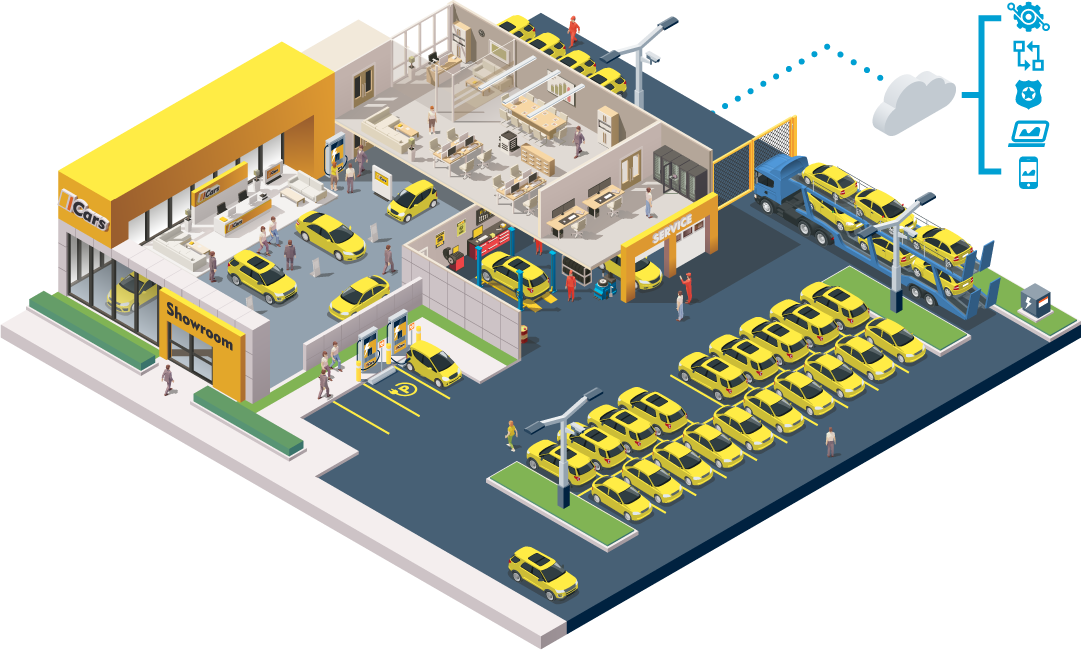
Future of EV Charging and Grid Management
Moving to EVs and setting up EV chargers is a great way for dealerships to communicate a brand of innovation and generate additional sales. However, it is widely recommended that dealerships work with an approved contractor to develop a comprehensive strategy for integrating EV chargers into dealership servicing and vehicle storage.
Future Energy has been participating in forums to address the challenges of EV charger management and the electrical grid. Designers from the US Department of Energy and other stakeholders also engaged in these discussions.
Future Energy can help your business too. Contact us today about the integration of EV charger power management software and everything else Future Energy has to offer.
Included With Future Energy’s EV Dealership Solution
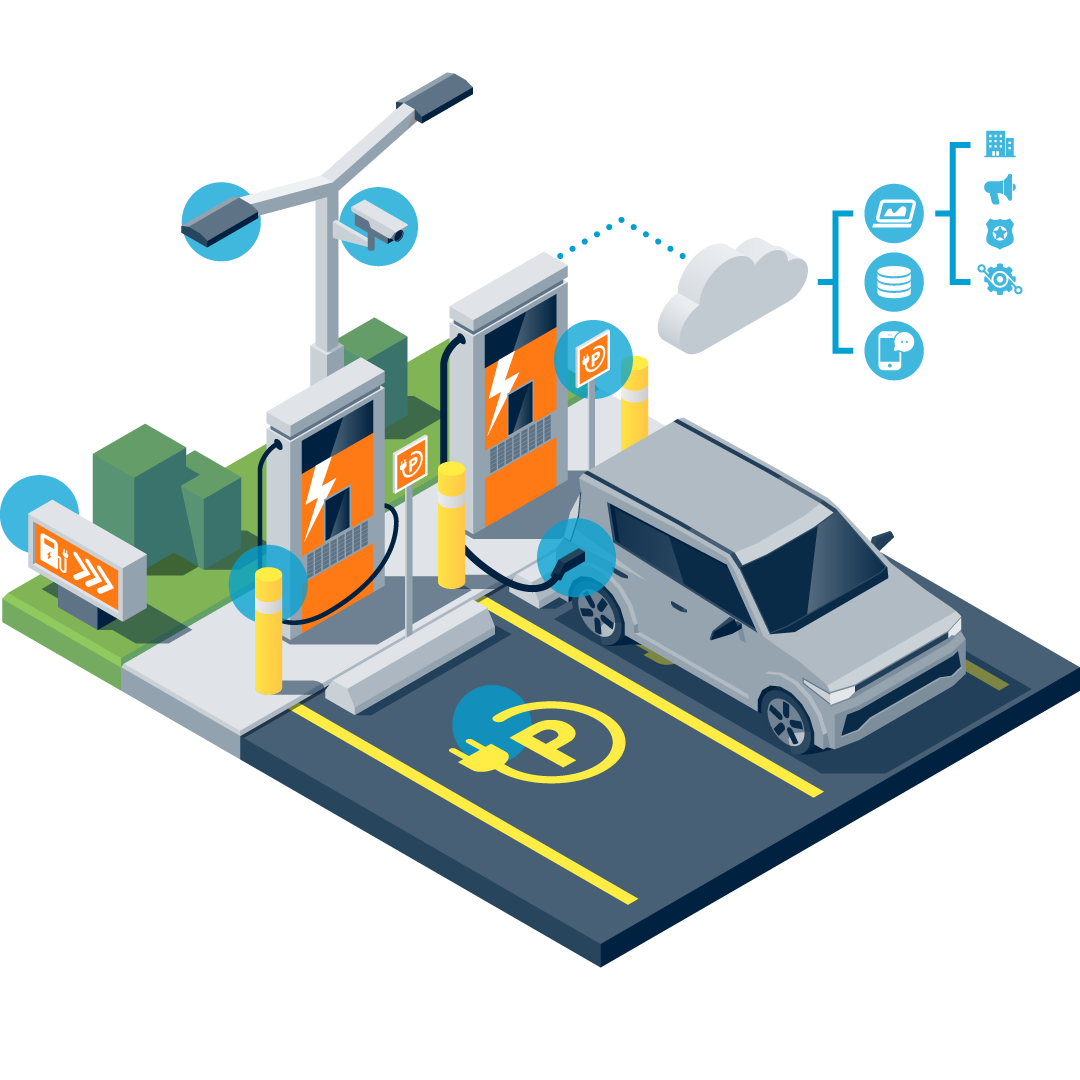

Future Energy’s complete, EV vehicle charging solution delivered as a turn-key environment.


Future Energy’s data visualization and management dashboard that connects all intelligent building systems.


Future Energy’s intelligent building systems solution that integrates your property’s lighting, climate, safety monitoring and more.
Rebates & Financial Incentives
We work with technology embedded hardware that involves aggressive government and utility tax credits, rebates and grants that drastically improve your cash flow. Contact us to find out what funding is available helping you choose the right hardware. Our team will work with you and the incentive program holders to get your application approved and processed quickly.












Let’s Connect
Designing smart building connectivity begins with a personal connection. We’ll discuss your goals, budget and timeline, and take it from there.
